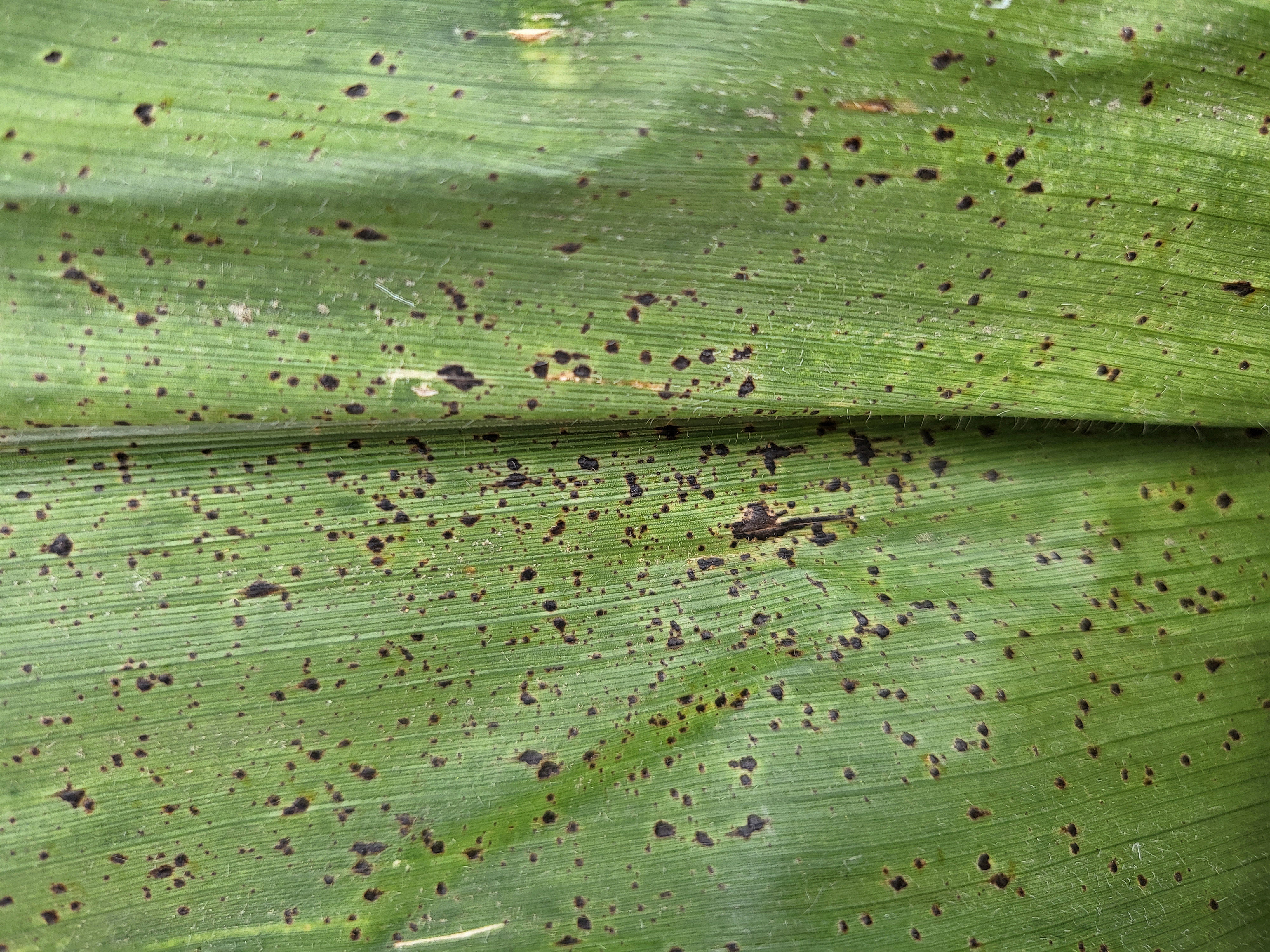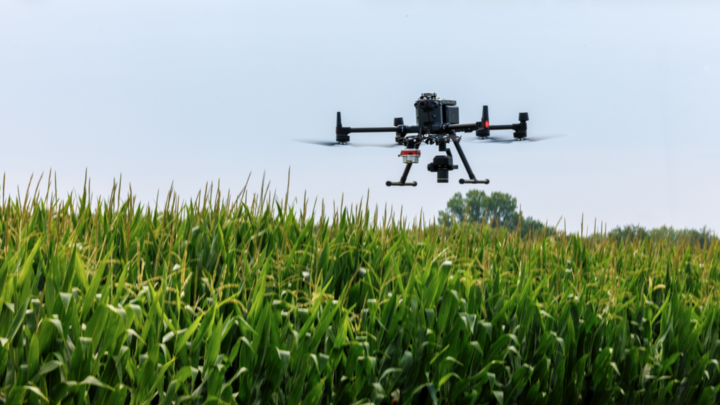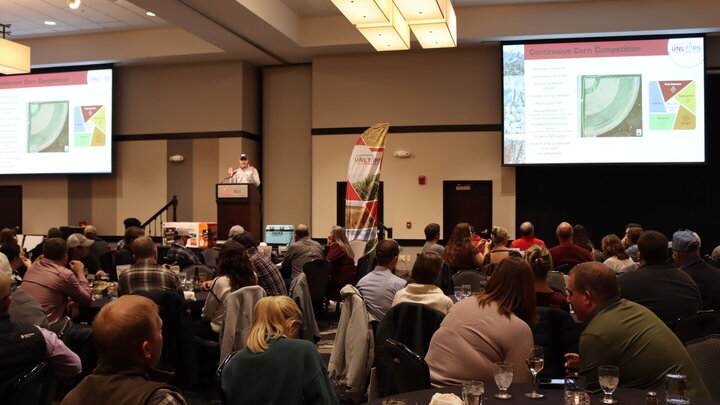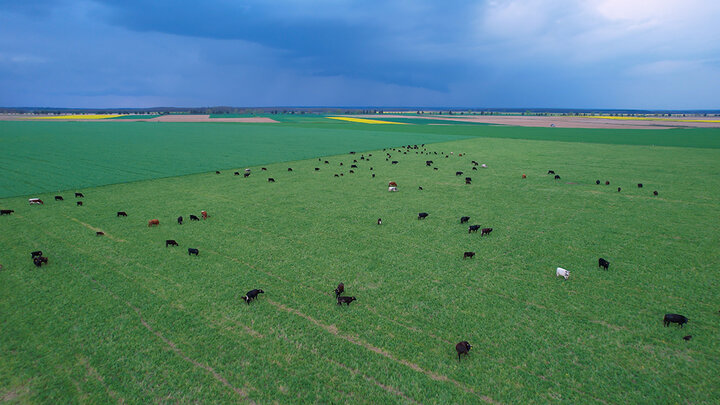By Tamra Jackson, Extension Plant Pathologist
Pathogen
Plant parasitic nematodes are microscopic worms that cause some of the world's most severe crop diseases and yield loss and every plant has some nematodes that can parasitize it. For corn, there are at least a dozen different genera of plant parasitic nematodes that have been identified in Nebraska corn fields. And, each genus can have multiple species that can feed on corn.
Symptoms
There are many types of symptoms caused by nematodes of corn, although diagnoses cannot be based on symptoms because most are general in nature and may mimic those caused by other common problems, such as insect injury, soil compaction, nutrient deficiency, and herbicide injury, among other things. Some of the most common types of plant symptoms may range from subtle to severe and can be manifested as root injury, such as necrosis and malformation and stunting, chlorosis, and wilting of the aboveground plant parts.

Nematodes may be distributed over an entire field, but the most concentrated population densities are in patches that are seemingly randomly distributed in the field. This distribution can cause the development of ‘hot spots' in a field (photo). In the most severe cases, plants at the center of these hot spots can die due to the severe injury or at least sustain substantial root injury.
Epidemiology
The vast majority of plant parasitic nematodes possess a hollow stylet in their head that they use to puncture root cells and feed. The stylet can also be used to secrete enzymes into the plant that are important in the feeding process. Stylet structure can vary greatly in their size and shape between nematode genera and plays an important role in nematode taxonomy.
Plant parasitic nematodes differ in how they feed on plant roots. Some nematodes spend their entire lives in the soil feeding on roots from a single location or from multiple locations as they move through the roots zone and are called ectoparasites. Other nematodes may spend most of their lives feeding inside the roots and are called endoparasites. Nematodes may compromise yield by competing with grain fill for photosynthates. In addition, the damage that they cause to roots may also impede the plant's ability to conduct water, even when adequate soil moisture is available.
The diversity of plant parasitic nematode genera can also dictate their distribution. For example, large genera such as Longidorus spp. (needle) and Belonolaimus spp. (sting) require sandy soil textures for movement. The damage caused by other smaller nematodes may also be amplified when the crop is grown in sandy soil, but many nematodes are not restricted by soil type in their distribution.
Diagnosis
Because disease caused by nematodes can't be diagnosed based solely on plant symptoms, it is necessary to collect samples and submit them to a laboratory for nematode analysis. Most nematologists agree that it is important to estimate the population densities of nematodes both in the soil and inside root tissue when conducting a nematode analysis. So, some labs may require collection of separate root samples in addition to soil samples when conducting nematode analysis. Contact your local laboratory, to confirm that they conduct nematode analyses and for specific instructions on sample submission and associated fees. The UNL Plant and Pest Diagnostic Clinic conducts nematode analysis.
Management
Nematode management in corn can be difficult because of the chronic nature of the problem. Crop rotation may or may not be effective as determined by the feeding tendencies of the nematode species in the field. Some soil applied nematicides are labeled for use on corn, but until recently, the narrow profit margin of the crop has limited their use except under severe nematode pressure. As of 2007, at least two agrochemical companies are testing seed treatment nematicides and expect to release them for use on corn soon.








